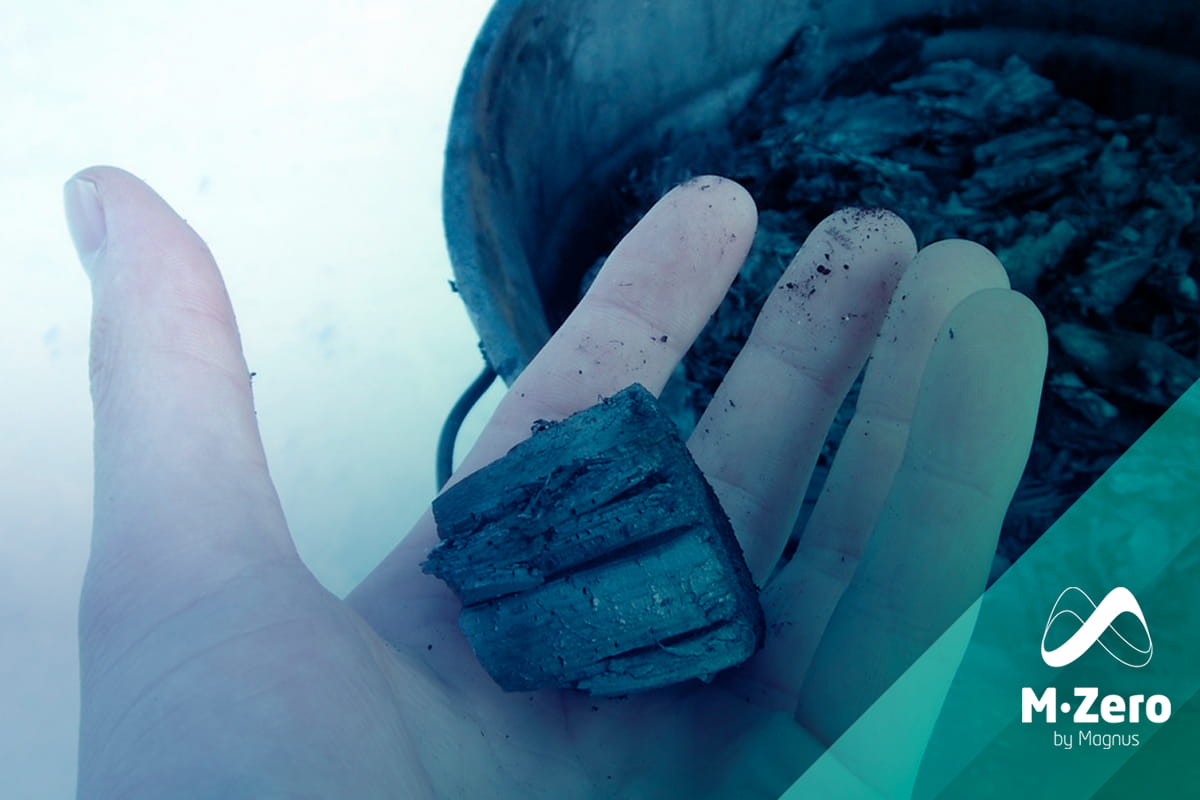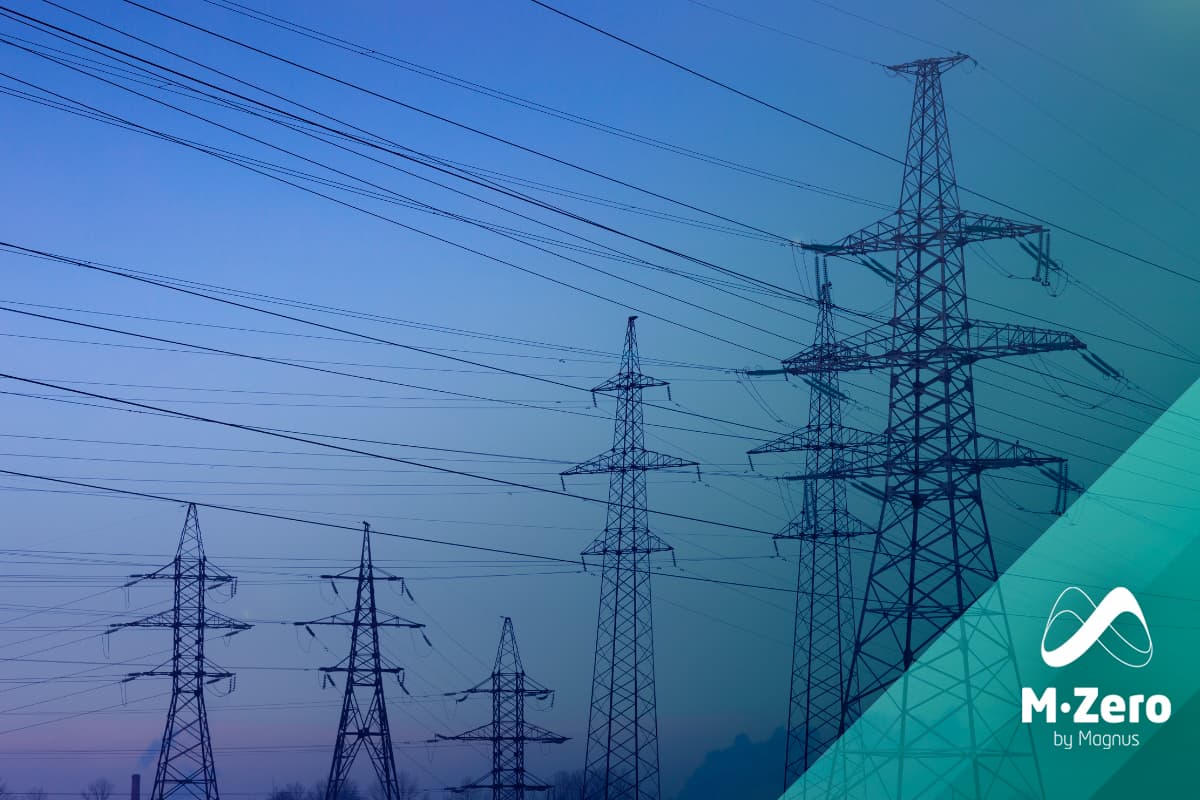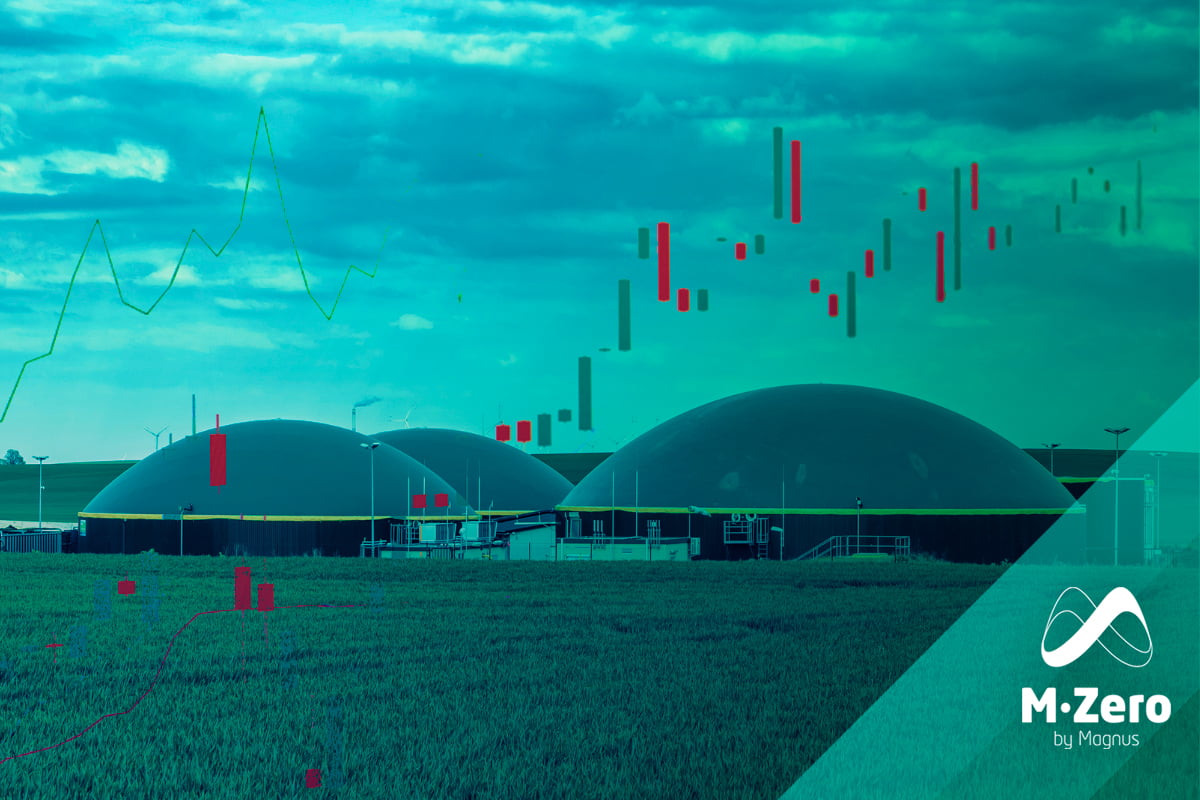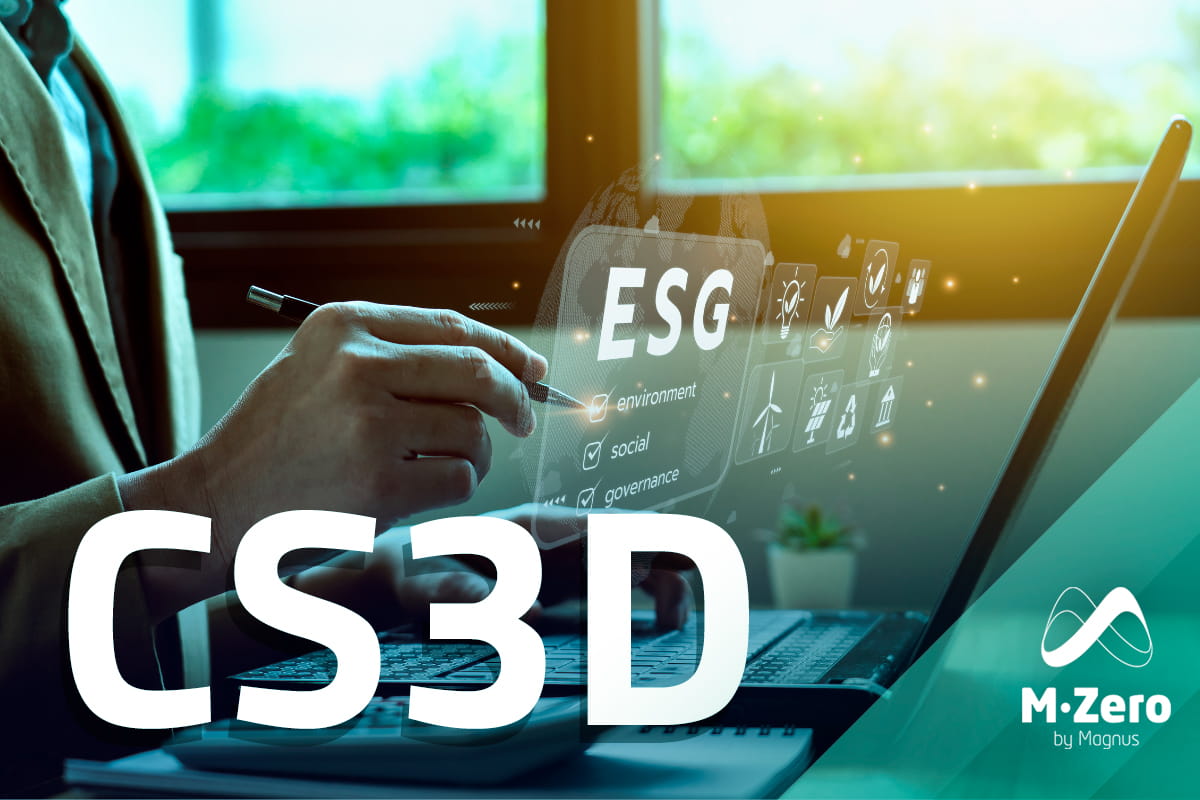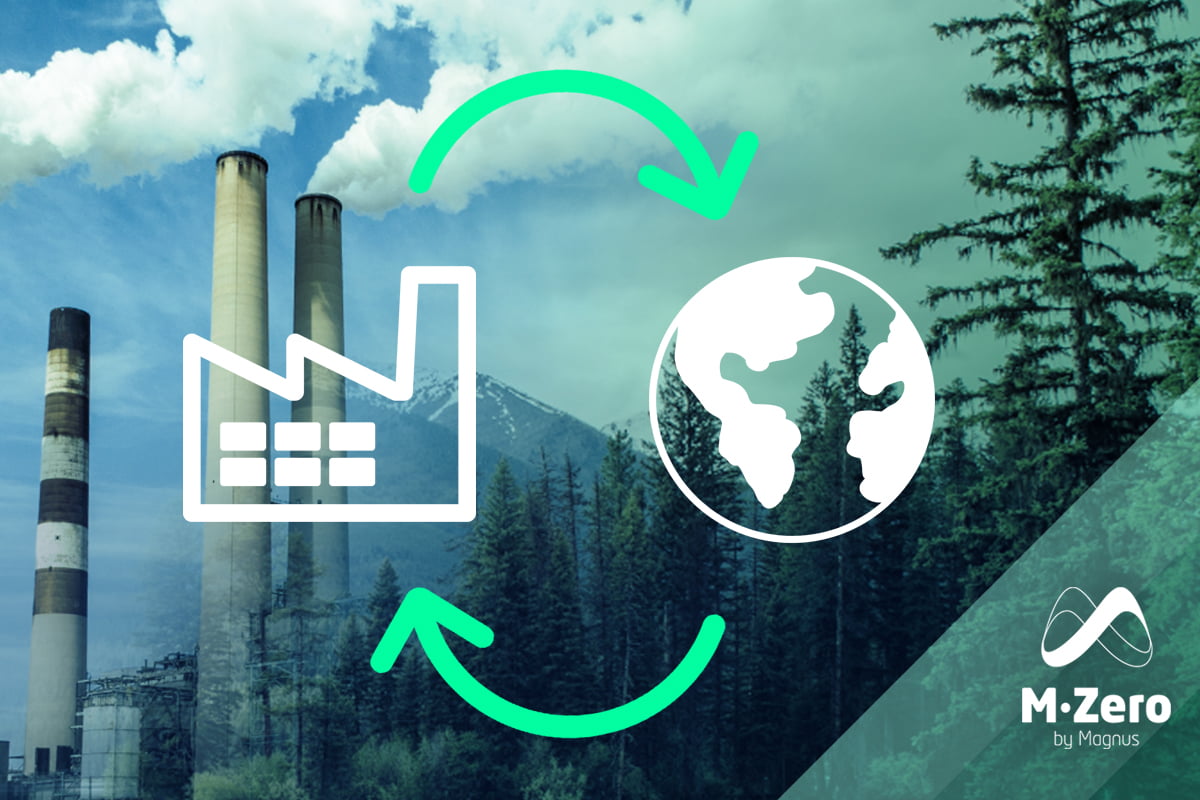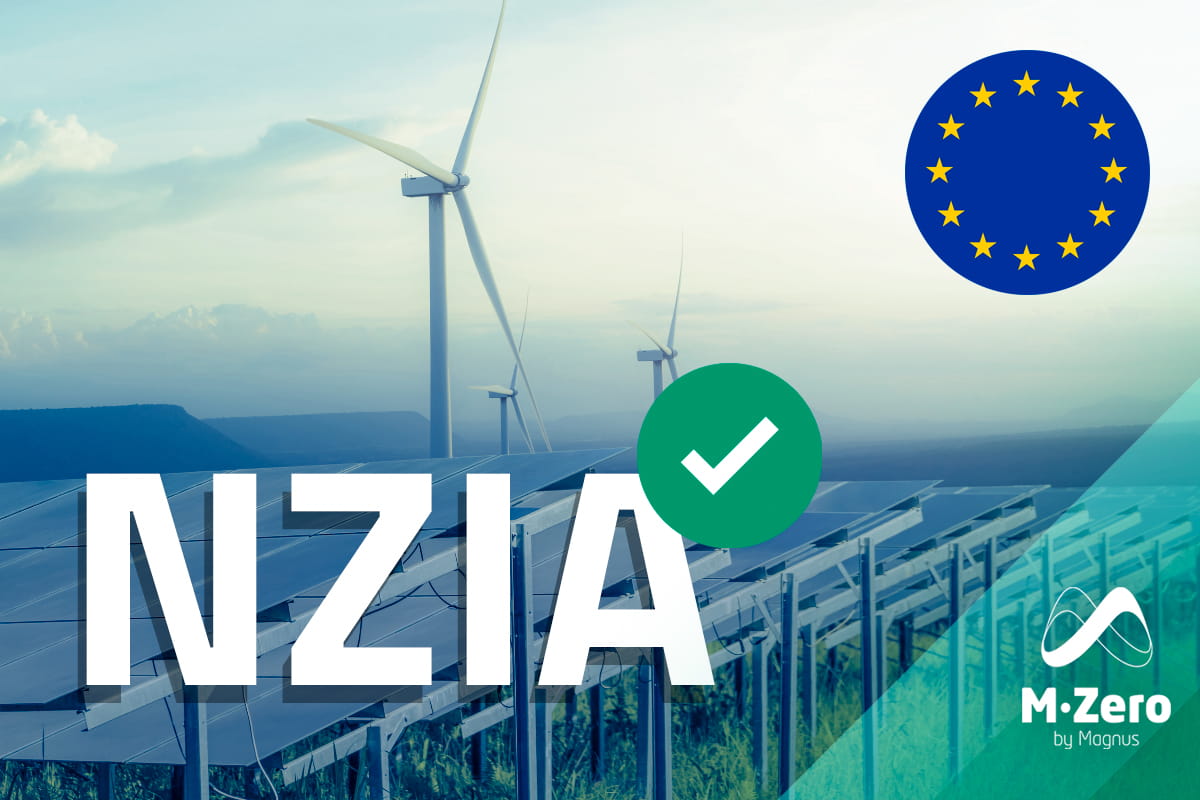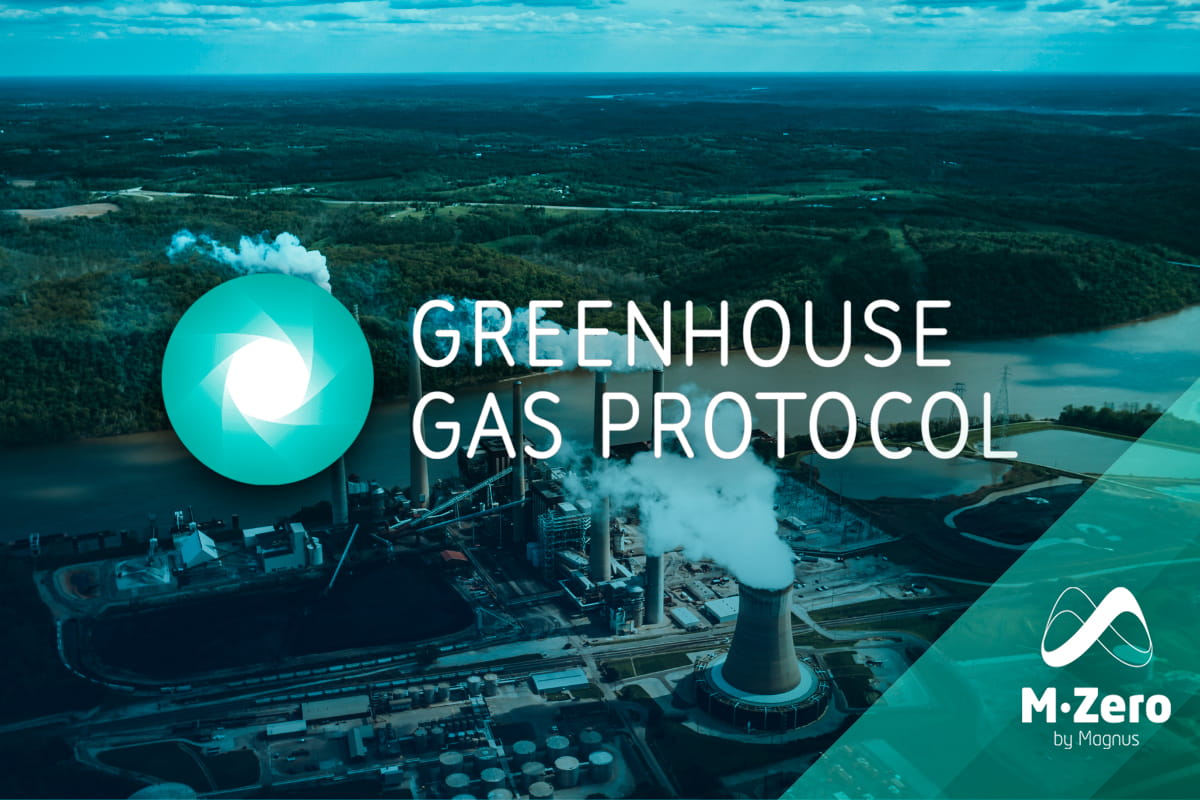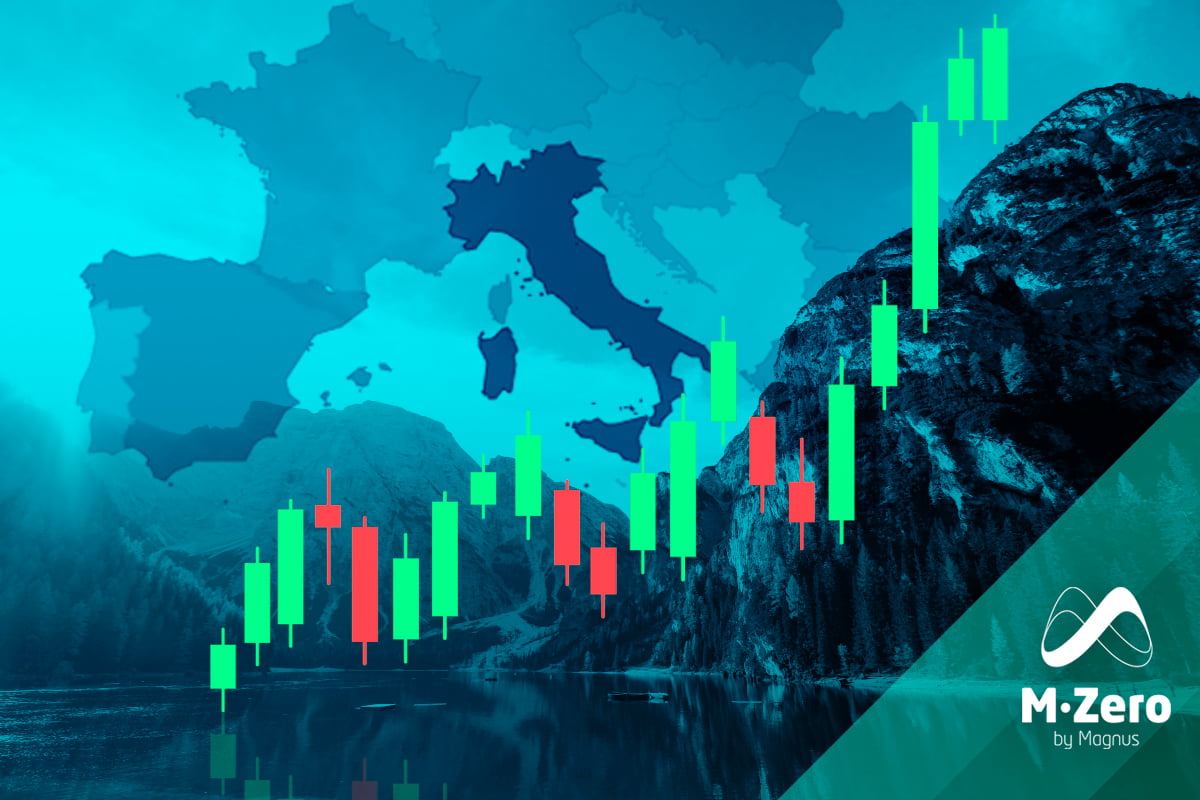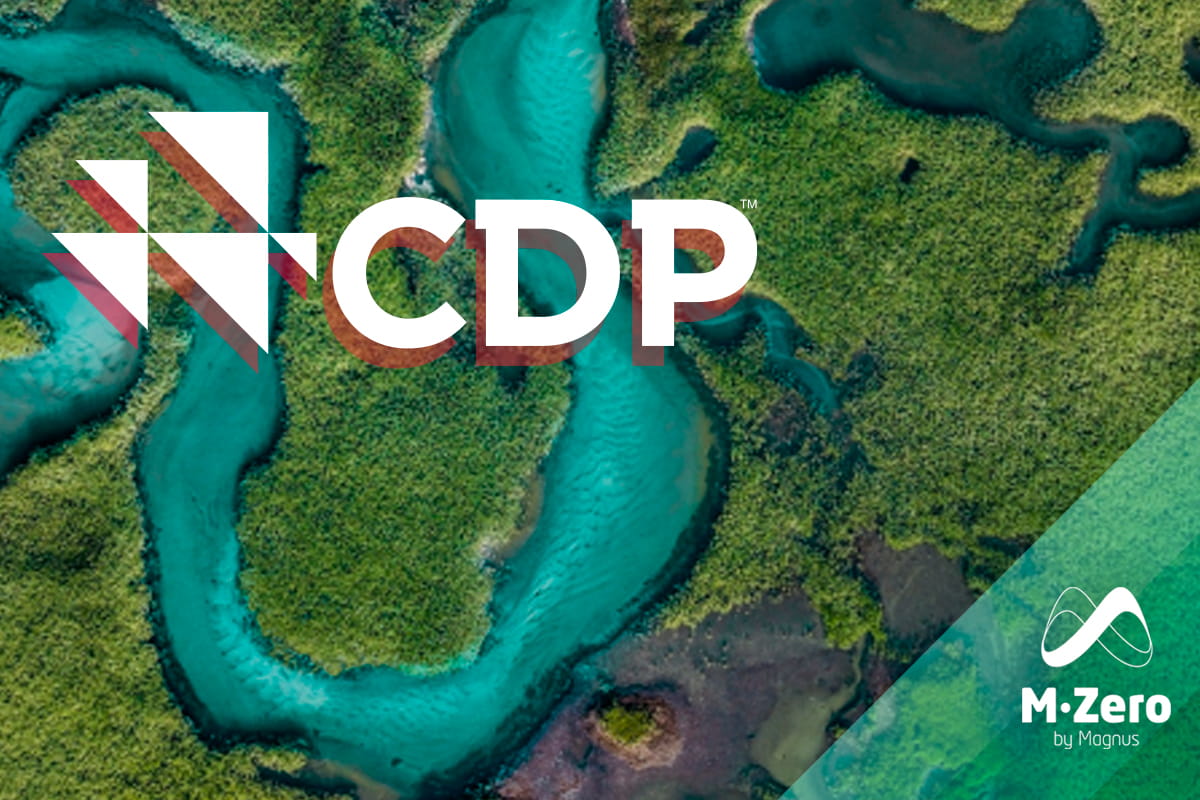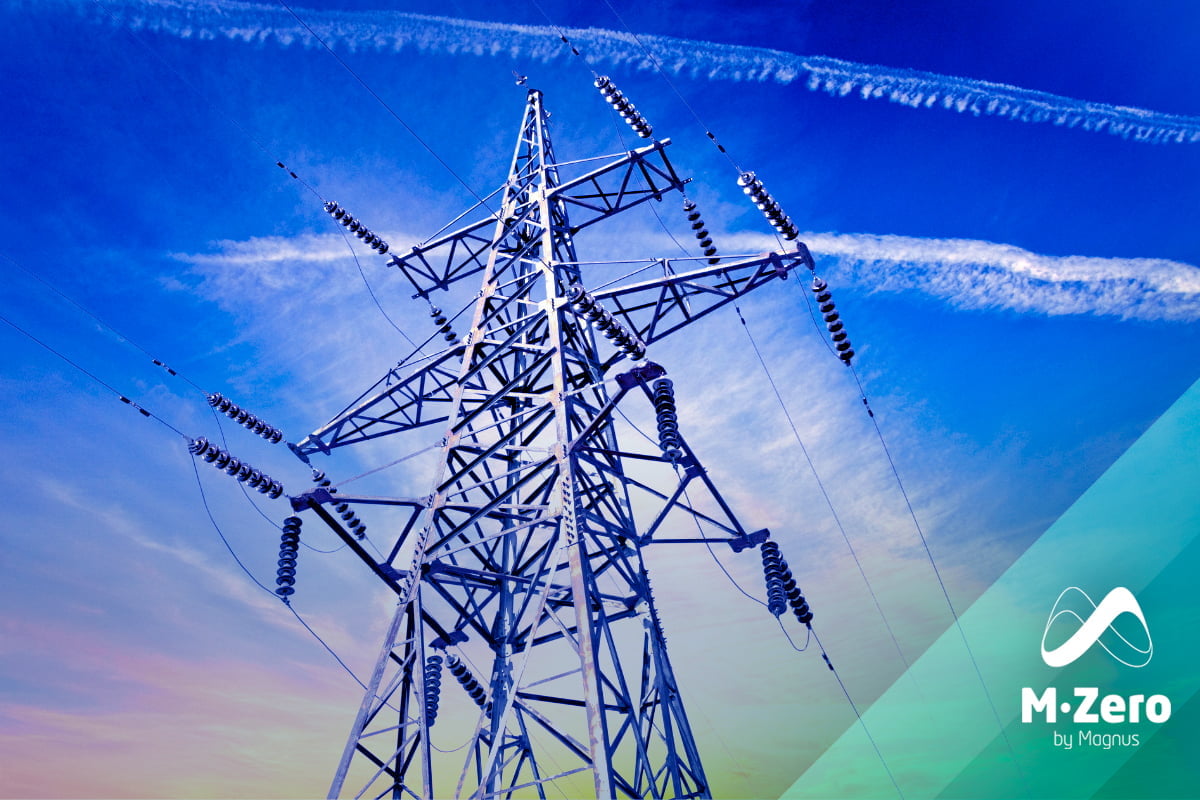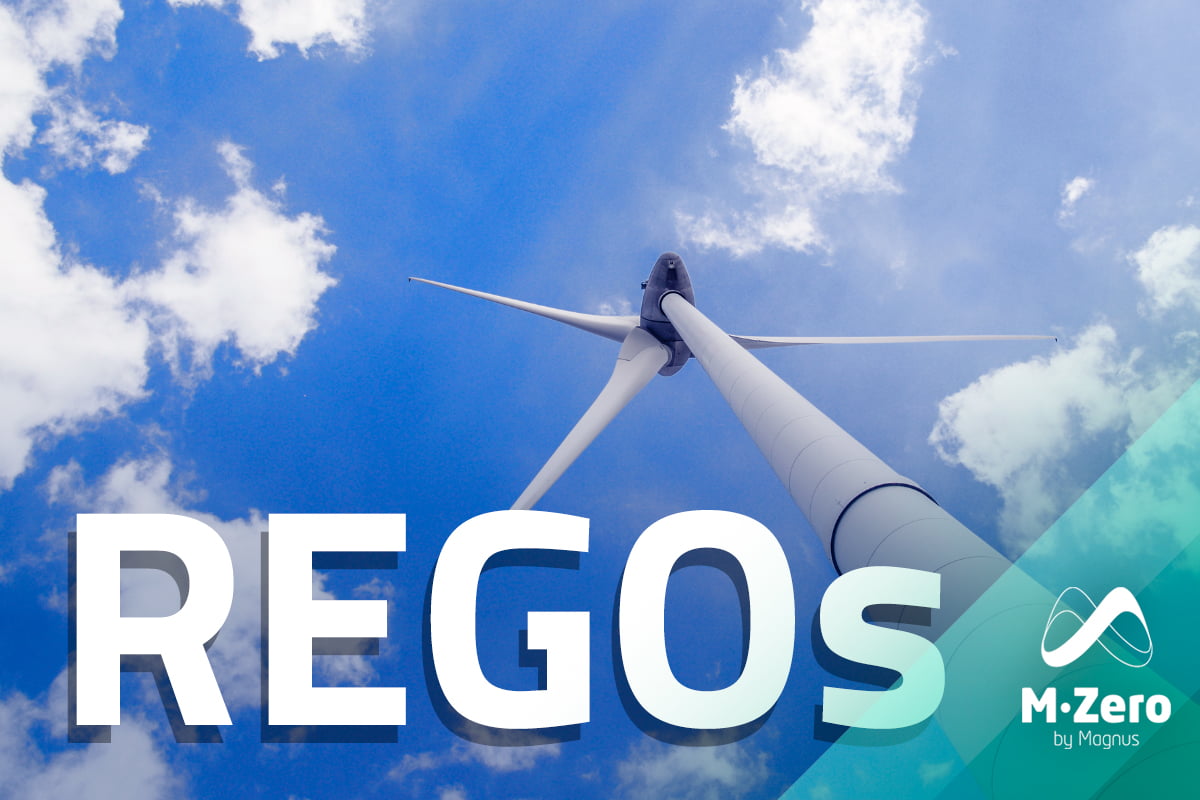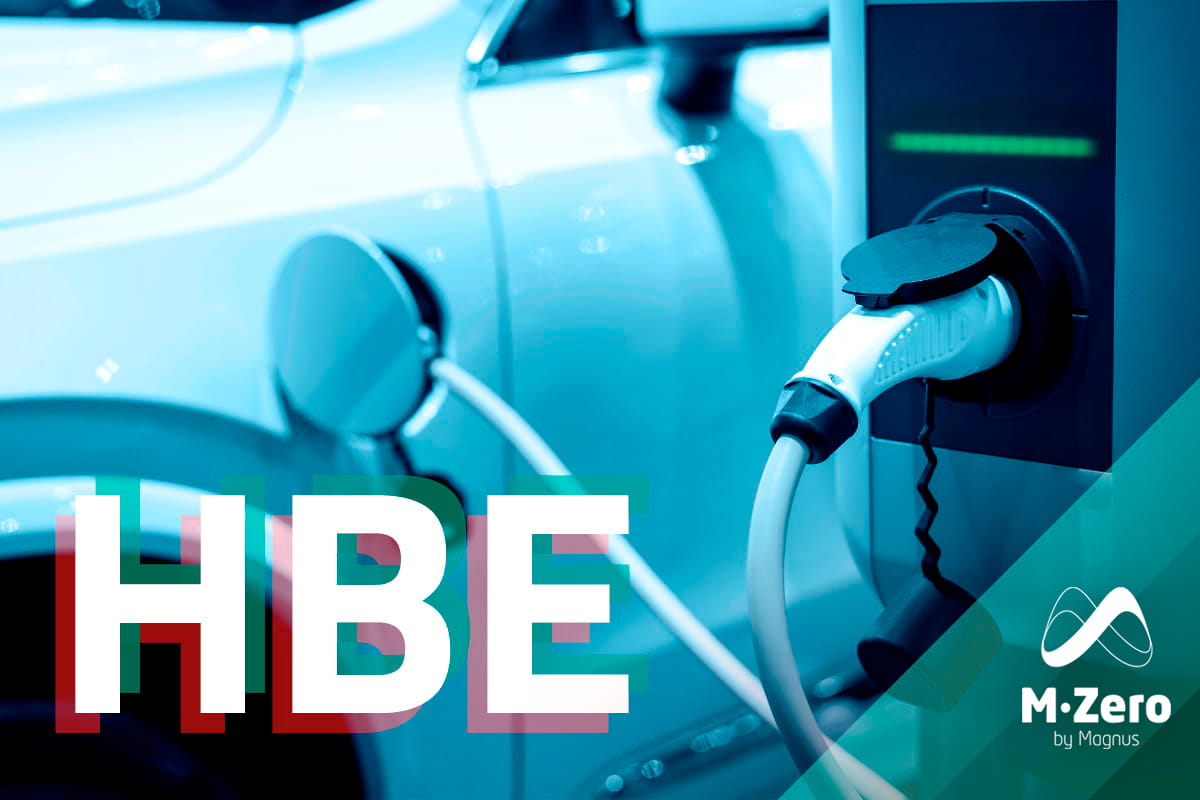
When it comes to reducing carbon emissions and business reporting, complexity increases the deeper we dive down the Scopes rabbit hole.
Scope 1 and 2 are easy to understand. Scope 1 covers direct emissions an organization owns or controls. Scope 2 covers indirect emissions arising from the consumption of purchased energy in an organization. When talking about Scope 3 things become a bit more complex. Scope 3 is about measuring all other indirect emissions within a company’s supply chain. However, Scope 4 introduces a novel dimension. It covers emissions reduction achieved through the use of a company’s products or services, or “avoided emissions”.
But what are these “avoided emissions”?
Scope 4 emissions, also known as ‘avoided emissions’, represent a relatively new concept in corporate sustainability and carbon accounting.
This concept was introduced by the World Resources Institute in 2013 and opens a different perspective in measuring an organization’s impact on greenhouse gas (GHG) emissions.
Scope 4 emissions are defined as the reductions in GHG emissions that occur outside of a product’s life cycle or value chain but as a direct result of using that product/service. This concept extends the boundaries of carbon accounting beyond the direct and indirect emissions of an organization to include the broader, positive impact of its products and services on the environment.
This emerging concept, although not yet officially recognized by the GHG Protocol, is gaining prominence alongside the traditional scopes for organizations seeking a comprehensive understanding of their environmental impact.
Examples of Scope 4 emissions
Products contributing to Scope 4 emissions include those products which efficiency or functionality, help in reducing overall GHG emissions. For example, low-temperature detergents, fuel-saving tires, energy-saving battery in a phone or other product, more efficient lamps or teleconferencing equipment and services.
Why is Scope 4 important?
Scope 4 emissions provide a more comprehensive view of an organization’s impact on the environment, highlighting the positive externalities of its products or services and therefore helping understand the broader implications of business activities and guiding decisions on sustainable projects and investments.
Besides that, if more companies seek to understand their scope 4 emissions, it can help them create new ideas and encourage innovation in product and service design and ultimately encourage choosing more efficient suppliers and partners aligned with sustainability goals.
Furthermore, companies that are at the forefront of sustainability and environmental innovation become more attractive to investors and consumers, who seek positive social or environmental outcomes and often include avoided emissions as a key metric when determining the value of a company.
While the concept of Scope 4 emissions is promising, it also presents challenges, particularly in terms of measurement and standardization.
Measurement
Calculating “avoided emissions”, requires a nuanced approach to accurately capture the impact of a company’s products or services on reducing overall GHG emissions. Two distinct methodologies offer different lenses through which these emissions can be assessed. Ultimately, the choice between these methods depends on the company’s objectives, the nature of its products, and the availability of data and resources.
- Consequential approach – The consequential approach to calculating Scope 4 emissions involves assessing the system-wide change in emissions resulting from a specific decision or action. This method is holistic, as it considers not only the direct effects of a product’s use but also its secondary impacts and potential unintended consequences. The consequential approach offers a more comprehensive understanding of a product’s environmental impact, but it can be complex and data-intensive.
- Attributional approach – In contrast, the attributional approach to calculating Scope 4 focuses on the absolute emissions and removals associated with a product, compared to a reference or baseline product. This method is more straightforward and is often used due to its practicality, especially when there are constraints related to information availability or time. The attributional approach, while more limited in scope, provides a more straightforward and readily quantifiable assessment of avoided emissions.
Standardization
When it comes to reporting Scope 4 emissions companies are navigating relatively new territory without a standardized methodology. However, several best practices have emerged to guide organizations in accurately calculating and reporting these emissions. These practices not only ensure transparency and accuracy but also enhance the credibility of the company’s environmental reporting.
- Establishing a baseline for comparison – This entails assessing the emissions that would have occurred in the absence of the company’s product or service.
- Comprehensive Life Cycle Assessment (LCA) – This involves evaluating the environmental impacts of a product throughout its entire lifecycle, from raw material extraction to disposal.
- Analyzing market impact and consumer behavior – It’s important to understand how a product changes consumer behavior or displaces more emissions-intensive products in the market.
- Using advanced modelling techniques – Methods such as statistical or simulation models provide an informed estimation of the emissions avoided by the company’s products or services.
- Ongoing monitoring and updating – This practice ensure that the calculations remain relevant and accurate over time.
- External expertise and verification – Collaboration with environmental experts and auditors adds an extra layer of scrutiny and credibility to the reporting process.
- Transparency and avoiding greenwashing – It’s important not to overestimate the impact of a product based solely on its commercial success.
The future of Scope 4 emissions appears to be on a promising trajectory and it is clear that it’s a useful way to encourage the net zero transition. But despite the growing interest, we cannot forget that many organizations are still struggling with accurately reporting Scope 1, 2, and especially Scope 3 emissions that present considerable complexities due to their expansive and varied nature. So, as organizations are still working to fully comprehend and report these emissions effectively, the development and integration of Scope 4 emissions into standard reporting practices will require time and collaboration across industries and regulatory bodies.
If you found it interesting, please share it!
Recent Articles





